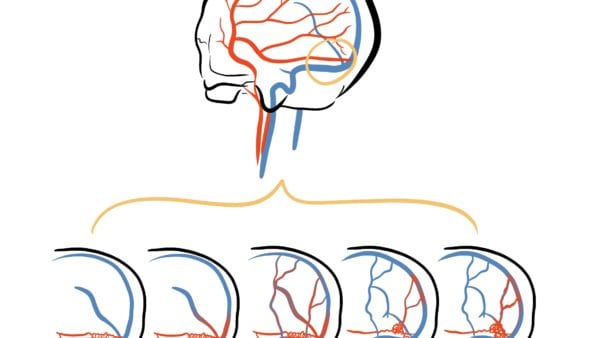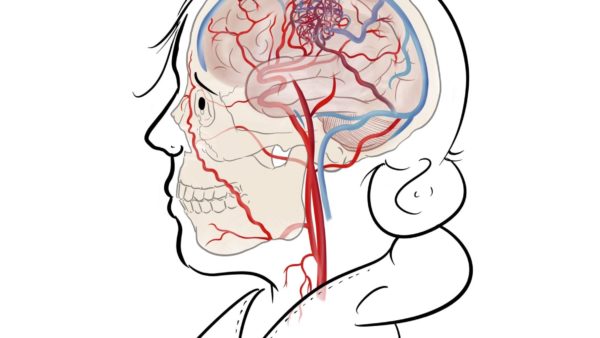
Blog
Artero-Venous Fistula
An AVF is an abnormal connection between an artery and a vein. These can occur throughout the brain and spine. Learn more.
The History of Trepanning
Artero-venous malformation (AVM)
An arteriovenous malformation (or AVM, which is much easier to say) is an abnormal tangle of blood vessels that can occur anywhere in the body. Imaging tangled up headphones or Christmas lights, except instead of wiring, you have blood vessels. The most common location for these are in the brain, and this is what this […]
A life worth living…
Neurosurgeons often make fast, complex decisions that can affect a patient’s quality of life. Read a neurosurgeon’s thoughts on this ethical dilemma.




